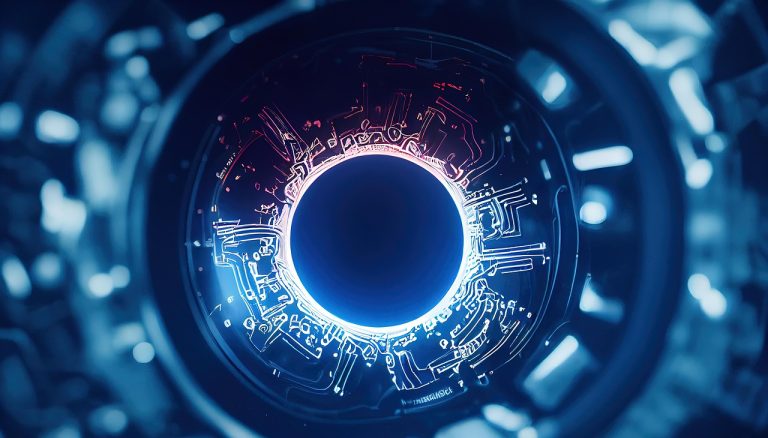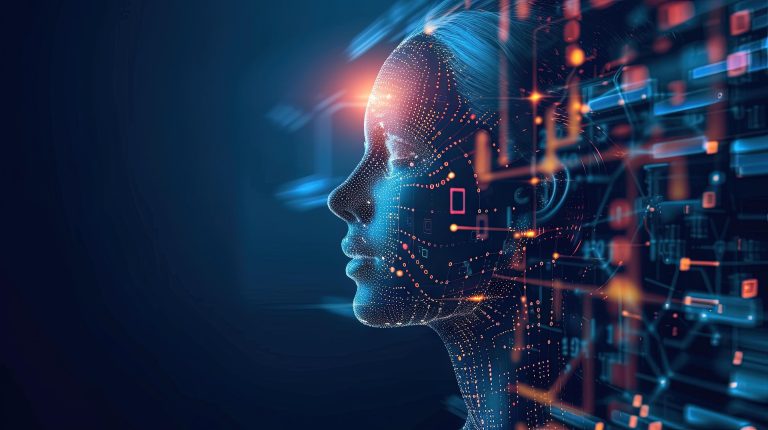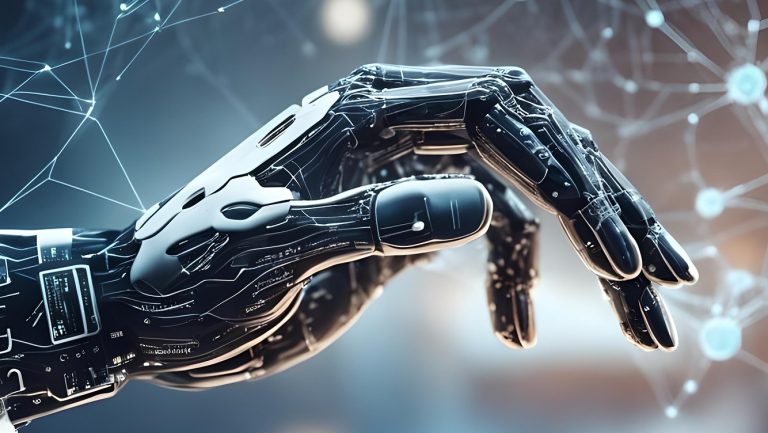Artificial Intelligence, or AI, is not a single technology or a fixed concept — it’s a spectrum of capabilities that evolve over time. One of the most important ways to understand AI is by classifying it into types, based on how they function and how “intelligent” they are.
Broadly speaking, there are four types of AI, ranging from simple reactive machines to highly advanced, self-aware systems. Let’s explore each one to understand the journey of AI from tools to thinkers.

1. Reactive Machines – The Simplest Form of AI
Reactive machines are the most basic form of AI. They are designed to perform specific tasks by reacting to the current situation, without using any past experience. These systems have no memory and no learning ability.
Example:
IBM’s Deep Blue, the chess computer that defeated world champion Garry Kasparov in 1997, is a classic example. Deep Blue could calculate millions of possible moves and choose the best one — but it couldn’t learn or adapt. Every match it played was like starting from zero.
🔍 Key traits:
- No memory or history
- No learning
- Purely rule-based decision making

2. Limited Memory – Learning from the Past
Most modern AI systems fall under this category. Limited memory AI systems can learn from historical data, store it temporarily, and use it to improve decision-making. However, they don’t have a continuous memory like humans — their learning is specific and narrow.
Example:
Self-driving cars use sensors to detect road signs, lane markings, and other vehicles. They store short-term data — like the last few seconds of traffic flow — to make safer decisions in real time.
🔍 Key traits:
- Can analyze past data
- Learns over time (within a limited scope)
- Widely used in image recognition, chatbots, autonomous vehicles, and more

3. Theory of Mind – Understanding Human Emotions (Still in Research)
This type of AI does not exist yet, but researchers are actively working toward it. Theory of Mind refers to AI that can understand human emotions, beliefs, intentions, and mental models — much like how people do in daily interactions.
If achieved, this type of AI could revolutionize education, healthcare, and customer service by offering empathetic, emotionally responsive interactions.
Example (hypothetical):
Imagine a virtual teacher that recognizes when a student is confused or stressed and adjusts its tone or teaching method in real-time.
🔍 Key traits:
- Recognizes and models human emotions
- Responds appropriately to social cues
- Requires advanced cognitive modeling

4. Self-Aware AI – Conscious Machines (Science Fiction for Now)
This is the highest level of AI — one that not only understands others but is also conscious of its own existence. A self-aware AI would have a sense of self, internal emotions, and the ability to make decisions independently.
This level of AI does not exist yet and may not be achievable for a long time — if ever. But it raises critical ethical, philosophical, and technological questions about what it means to be intelligent.
Example:
Think of characters like HAL 9000 from 2001: A Space Odyssey, or Ava from Ex Machina. These fictional AIs are portrayed as self-conscious and autonomous.
🔍 Key traits:
- Self-awareness
- Complex decision-making
- Ethical and philosophical challenges
🎓 Why Learning These Types Matters
Understanding the different types of AI helps us better grasp where current technologies stand — and where they may go. Most AI we see today is still in the “Limited Memory” stage, but advances in computing, neuroscience, and robotics could push the boundaries toward more human-like systems.
As future scientists, engineers, designers, and citizens, it’s important to think critically about how AI should evolve — and what values we want it to reflect.
AI is not just about machines becoming smarter. It’s about us deciding how intelligence should be defined, directed, and used.



